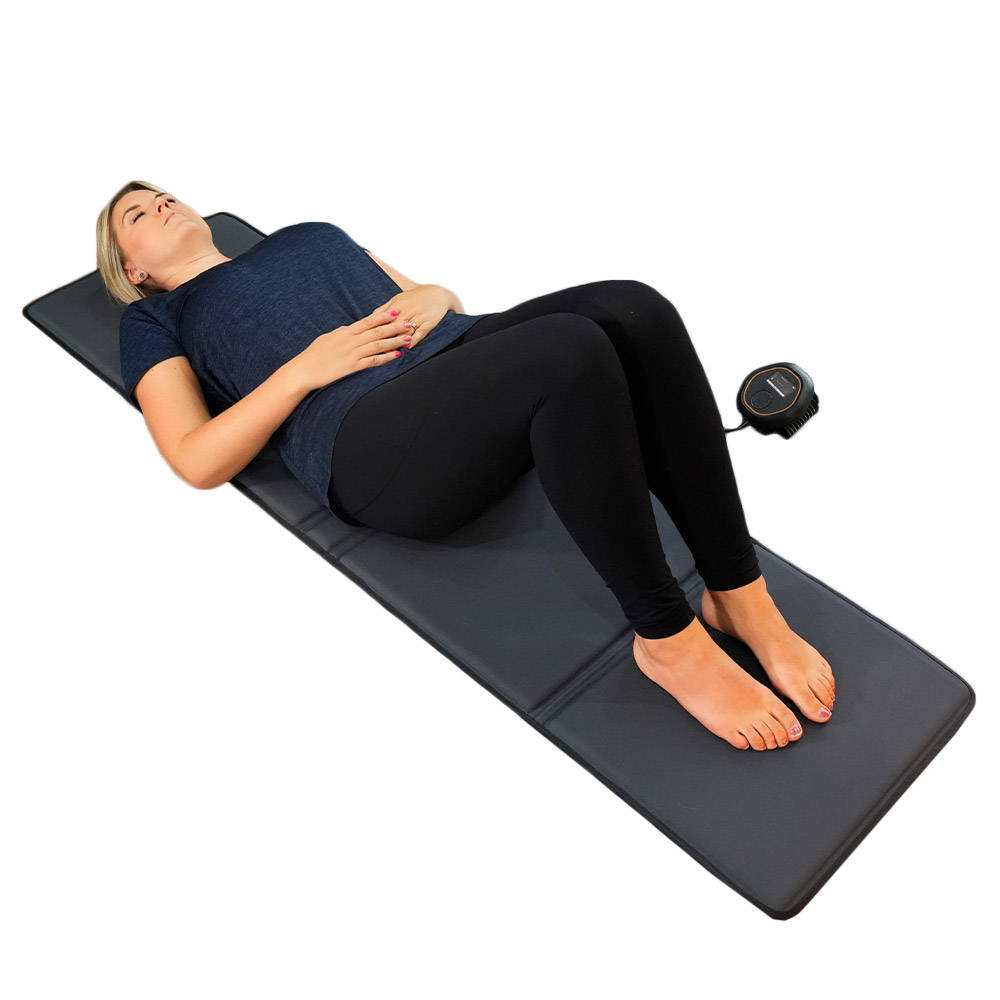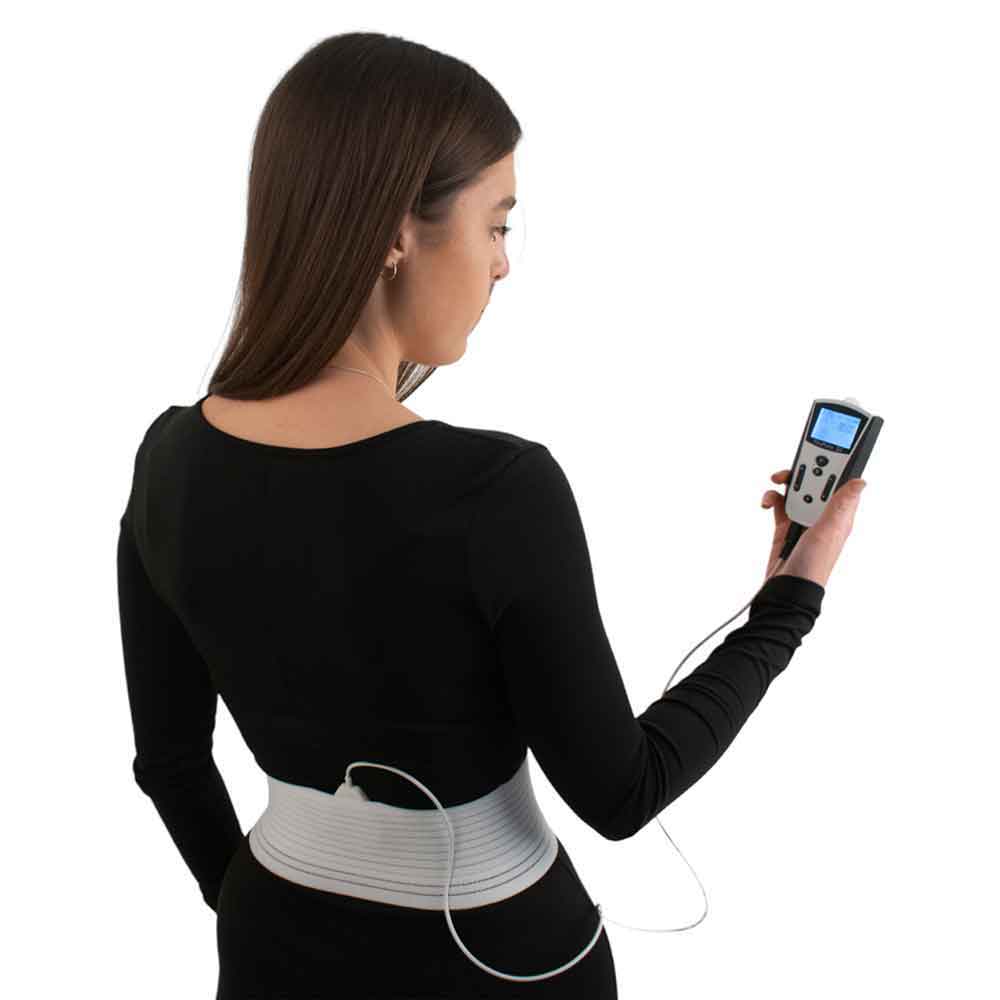PEMF Studies
Breast Cancer Study
The currently available anti-cancer therapies, such as gamma radiation and chemotherapeutic agents, induce cell death and cellular senescence (a state in which a cell stops dividing) not only in cancer cells but also in the adjacent normal tissue.
They studied how breast cancer cells (MCF-7 and MDA-MB-231) and normal cells found in connective tissue (fibroblasts - FF95) reacted to PEMFs.
PEMFs were applied at a frequency of 8 Hz, intensity of 110 gauss, using a square wave, and applied twice daily for 5 days.
The data collected showed that the application of PEMF decreases the proliferation rate (how quickly cells multiply or reproduce) and viability (their ability to survive and function normally) of breast cancer cells while having the opposite effect on normal fibroblasts. Additionally, PEMF induces cell death and cellular senescence only in breast cancer cells without any effect on the non-cancerous cells.
PubMed ID: 38473720
Brain Health & Injuries
This study explored if PEMF could help the brain, especially after injuries like strokes or traumatic brain injuries, by improving blood flow and oxygen levels in brain tissue.
PEMF treatment caused the brain's small blood vessels (arterioles) to widen from an average of 26.4 micrometers to 29.1 micrometers, which increased blood flow through the capillaries and sped up red blood cell movement by about 5.5%. This enhanced blood flow improved oxygenation in the brain tissue, as indicated by a specific decrease in a marker (NADH fluorescence). When nitric oxide (NO) production was blocked, these effects did not occur, showing that NO is crucial for PEMF's impact.
This study is the first to demonstrate that PEMF can rapidly enhance blood flow and oxygen levels in the brain's small blood vessels, with benefits lasting at least three hours after just 30 minutes of treatment. These improvements were driven by an increase in nitric oxide, suggesting that PEMF could be a valuable treatment for improving brain health following injuries like strokes or trauma.
PubMed ID: 25343187
Cellular Energy Production Study
You may have heard the saying that the mitochondria is the powerhouse of the cell, and that's because they are major generators of ATP (adenosine triphosphate), a key molecule in energy storage and transfer in living organisms.One of the most significant applications of PEMFs is enhancing the utilization and production of ATP, thereby boosting energy levels in the body's tissues.
To understand how this works, we first need to grasp ATP hydrolysis, the process by which ATP is broken down into ADP (adenosine diphosphate) to release energy. The enzyme responsible for this task is ATPase, which can be found in mitochondria.
When ATPase was exposed to 60 Hz PEMF and different intensities of 3 gauss and 5 gauss this enhanced the hydrolysis activity, whereas 1 gauss exposure caused no significant changes. So, in addition to helping with ATP synthesis, PEMFs increase the production of energy from the ATP itself, but only if the stimulation is above a specific intensity threshold.
PubMed ID: 19496105
Reduced DOMS
Yonsei University performed a randomized, double-blind, placebo-controlled study to compare the effects of PEMF therapy and sham treatment on DOMS-related variables in elbow flexors at 24, 48, and 72 hours after delayed onset muscle soreness (DOMS) induction exercise.
In total, 30 healthy male college students measured muscle soreness, peak torque, median frequency (MDF), and electromechanical delay (EMD) during isometric contraction at 24, 48, and 72 hours after DOMS induction exercise.
Overall, the application of PEMF was found to be effective in reducing the physiological deficits associated with DOMS, including improved recovery of perceived muscle soreness, MDF, and EMD during isometric contraction, but there was no difference in isometric peak torque generation. This study indicates that PEMF is useful as a modality to reduce DOMS symptoms.
PubMed ID: 24906295
Expand Blood Vessels - Vasodilation
This study looked at how pulsed electromagnetic fields affect small blood vessels in rats. The researchers thought that PEMF might help these blood vessels expand, which could be part of how it helps heal injuries.
In the experiment, rats were given either PEMF or a fake treatment for 2 or 60 minutes. The size of their blood vessels was measured before and after the treatments. The results showed that PEMF made the blood vessels expand significantly, with a 9% increase in size after 2 minutes and an 8.7% increase after 60 minutes. The rats that got the fake treatment didn't show any changes in their blood vessels. PEMF didn't affect blood pressure, heart rate, or tissue temperature.
These results suggest that PEMF can make blood vessels expand, which might be a reason why it's effective in healing. This effect was not due to changes in overall blood pressure or temperature.
PubMed ID: 14656663
Reduced Inflammation Study
In chronic inflammatory conditions such as rheumatoid arthritis, inflammatory bowel disease, and asthma, pro-inflammatory cytokines are continuously released. These cytokines fuel inflammation, contributing to tissue damage and disease progression. They play a central role in driving the inflammatory process characteristic of these conditions, leading to symptoms such as pain, swelling, and tissue dysfunction.
One study used 15 gauss PEMFs at 75 Hz, and it was observed to increase A2A (adenosine receptors) and ARs (androgens) within the body. This is associated with a significant inhibition of the pro-inflammatory signalling pathway (NF-kB), leading to a decrease in both the synthesis and activation of pro-inflammatory cytokines.
The anti-inflammatory and tissue-preserving effects exerted by PEMFs through the specific action on A2A and ARs show great potential to be exploited also to control brain inflammation and to provide neuroprotection following brain damage.
Science Direct ID: S1094715921064266
Tinnitus Study
In a study 58 patients from the Liverpool Tinnitus Association volunteered to take part in a double-blind placebo controlled trial. They applied pulsed electromagnetic stimulation, over the mastoid bone, to see if it caused an improvement in the level of tinnitus in long-standing tinnitus sufferers. At the end of just one week of treatment, each patient noted whether their tinnitus had completely disappeared, was improved, unchanged or made worse by the treatment 45% of the patients who completed the trial were improved by the active device.
PubMed ID: 8877185
Non-union Bone Fractures Study
Since 1979, PEMF has been FDA-approved for treating nonunion fractures, which is the body's inability to heal a fracture, making it as one of the earliest recognized applications for PEMF.
One study involved 139 patients with established non-union fractures who received PEMF treatment. Patients who used the device for less than an average of three hours a day had a success rate of 35.7% (5 out of 14), while those who used it for more than three hours daily had an 80% success rate (108 out of 135).
Treatment success remained consistent regardless of factors such as bone length, fracture type (open or closed), duration of non-union (ranging from nine months to ten years), patient age (under or over 60 years), gender, previous treatment history, infection status, fracture gap size (up to 1cm), or weightbearing status.
Patients who averaged more than three hours of PEMF treatment daily and initially achieved healing were clinically and radiographically reassessed four years post-treatment, revealing that 92% maintained a solid union.
PubMed ID: 10147555
Hypoxia Study
It's important to understand that low oxygen levels in the body, a condition known as hypoxia, can occur during various situations such as stroke, heart attack, or even just when blood flow is restricted to certain areas. When cells are deprived of oxygen, they can become damaged or even die, leading to serious health issues.
In this study, scientists looked at how low-energy electromagnetic fields affect different types of cells in the body. They focused on cells similar to neurons (nerve cells) and microglial cells (immune cells in the brain). Their main goal was to see how these electromagnetic fields might help protect against damage caused by inflammation and lack of oxygen in the cells.
They tested this by exposing the cells to electromagnetic fields and then subjecting them to conditions similar to low oxygen levels for different amounts of time. They found that the electromagnetic fields helped to reduce cell death and prevented cells from undergoing a type of programmed cell death called apoptosis when they were under low oxygen conditions.
Additionally, the electromagnetic fields stopped a protein called HIF-1α, which is involved in responding to low oxygen levels, from becoming active in the cells. They also found that the electromagnetic fields decreased the production of harmful molecules called reactive oxygen species (ROS), which are usually produced when cells are starved of oxygen.
PubMed ID: 27639248
Insomnia Study
A 4-week study by the University der Bundeswehr München in Germany looked into PEMF devices for insomnia. 101 patients were randomly given either a working device or a placebo. Among those with the active device:
70% complete relief
24% clear improvement
6% slight improvement
The active-treatment group showed significant improvements in sleep latency, interruptions, sleepiness, concentration, and headaches. No adverse effects of treatment were reported.
PubMed ID: 11697020
White Blood Cell Count
The study investigated the effects of pulsed electromagnetic field exposure with different pulse parameters on white blood cells (WBC) and lymphocytes (LYM) in male BALB/c mice. The mice were divided into groups and exposed to PEMF at 100, 1000, and 10000 Hz, with a control group receiving no exposure. Following the exposure, blood samples were collected to measure WBC and LYM levels.
The results showed that PEMF exposure at 100 and 1000 Hz led to significant increases in WBC and LYM compared to the control group. However, no significant changes were observed in these parameters for the group exposed to 10000 Hz. These findings suggest that lower pulse PEMF exposure can induce significant increases in WBC and LYM, whereas higher pulse exposure does not produce the same effect. This indicates that the response of WBC and LYM to PEMF exposure may vary depending on the number of pulses administered.
PubMed ID: 31019981




